this post was submitted on 06 Sep 2023
10 points (100.0% liked)
Tree Huggers
884 readers
2 users here now
A community to discuss, appreciate, and advocate for trees and forests. Please follow the SLRPNK instance rules, found here.
founded 2 years ago
MODERATORS
you are viewing a single comment's thread
view the rest of the comments
view the rest of the comments
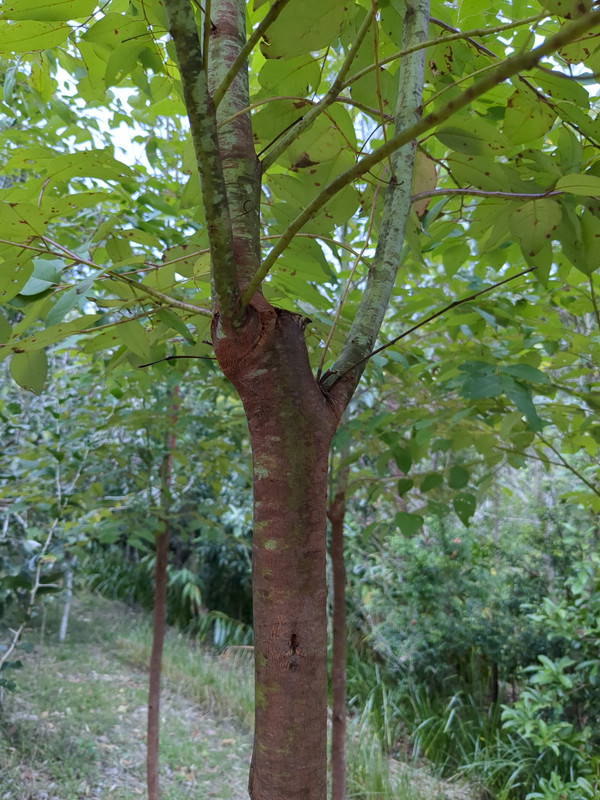
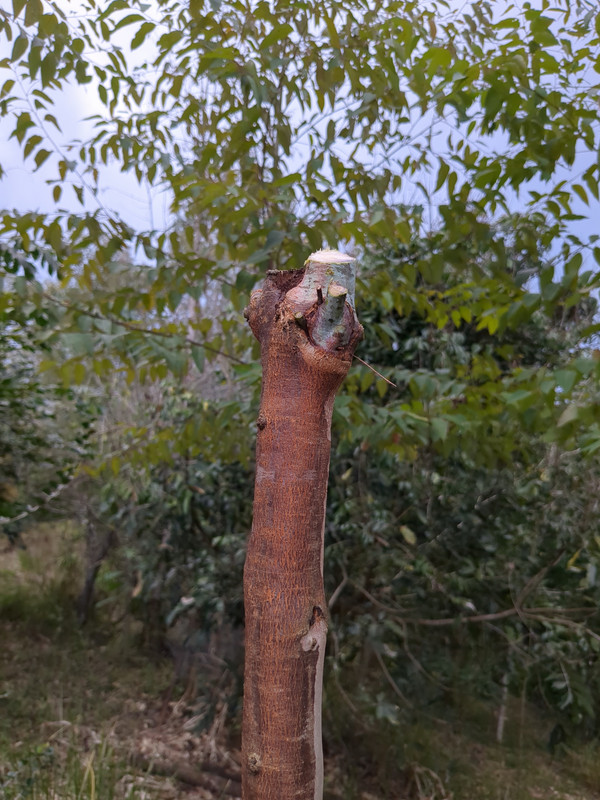
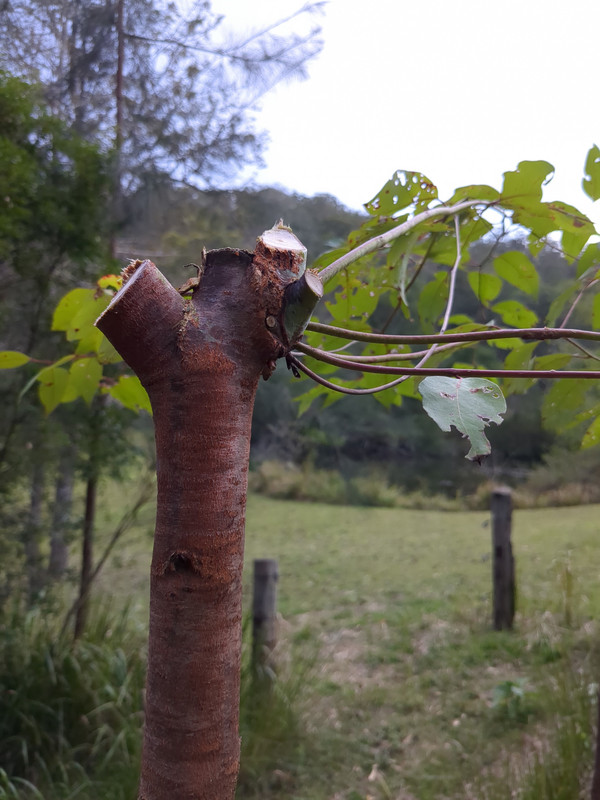
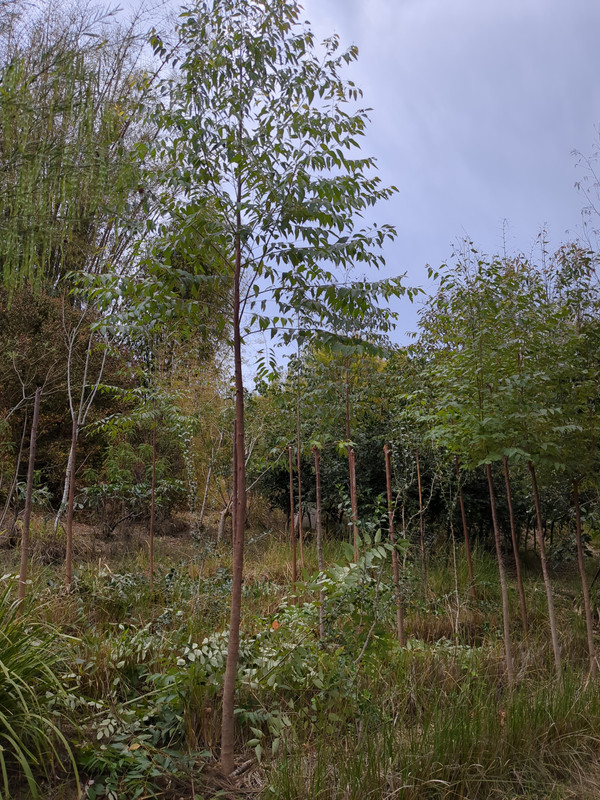
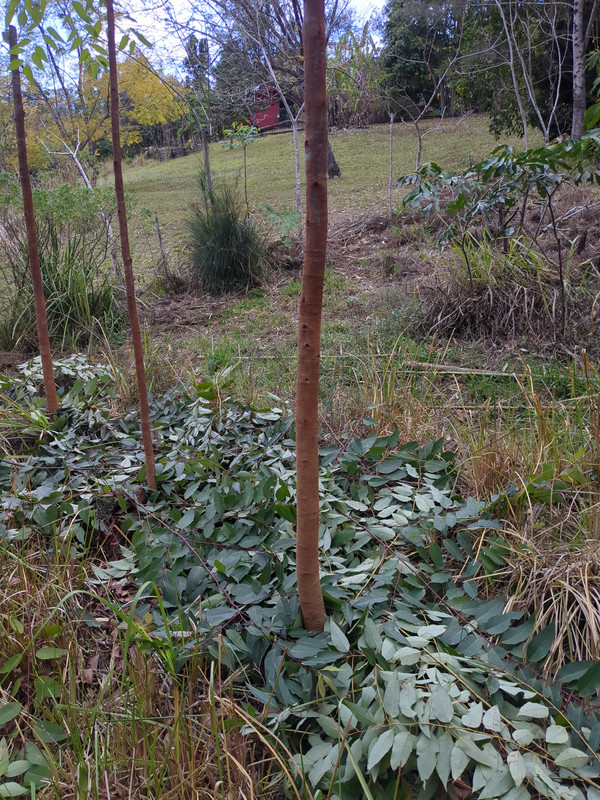
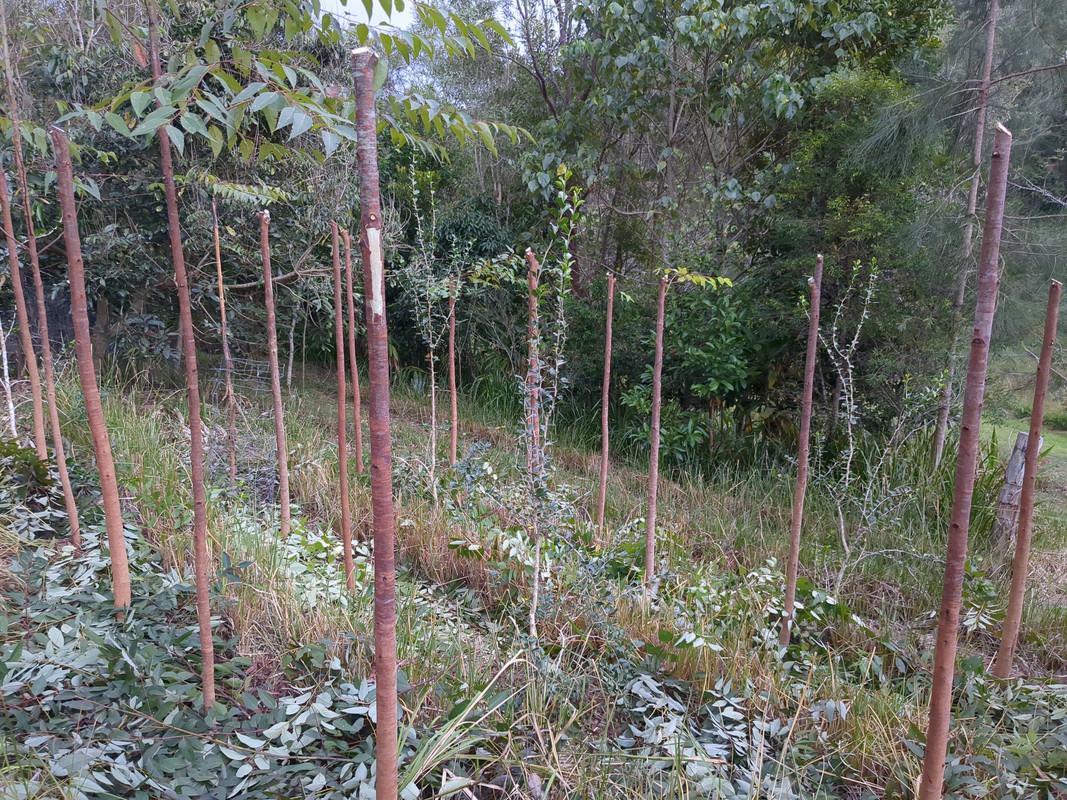
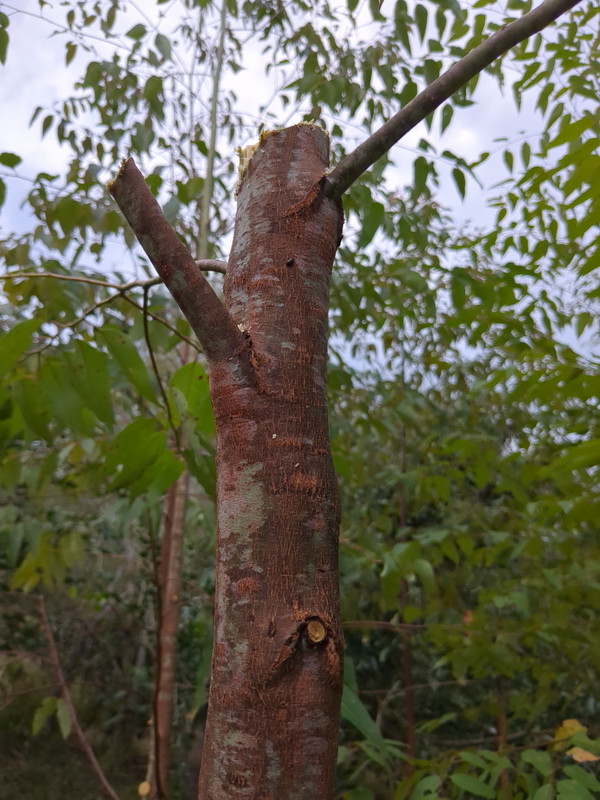
I think it is more to do with subtropical plants, they need to be actively growing to enhance the epicormic shoots where as a deciduous species forces a flow at bud burst. It's why we ringbark in Winter, less chance of epicormic growth under wound.
Yeah, large wounds do cause decay but there are hundreds of year old pollards still existing today that would have had them. Next time you watch 'The Princess Bride' see if you can spot a few. 40mm is well within normal pruning cuts.
Haha, that's a very American statement. Read the book and see what you think. Technically, it's a production pruning practice but culturally, I suppose it's recognisable and homely. Check out some European styles, candelbra etc. Overall, I believe the technical aspect of it is very arboricutural, the cuts and callousing and it does increase age and safety of tree, but it is a style some don't like.